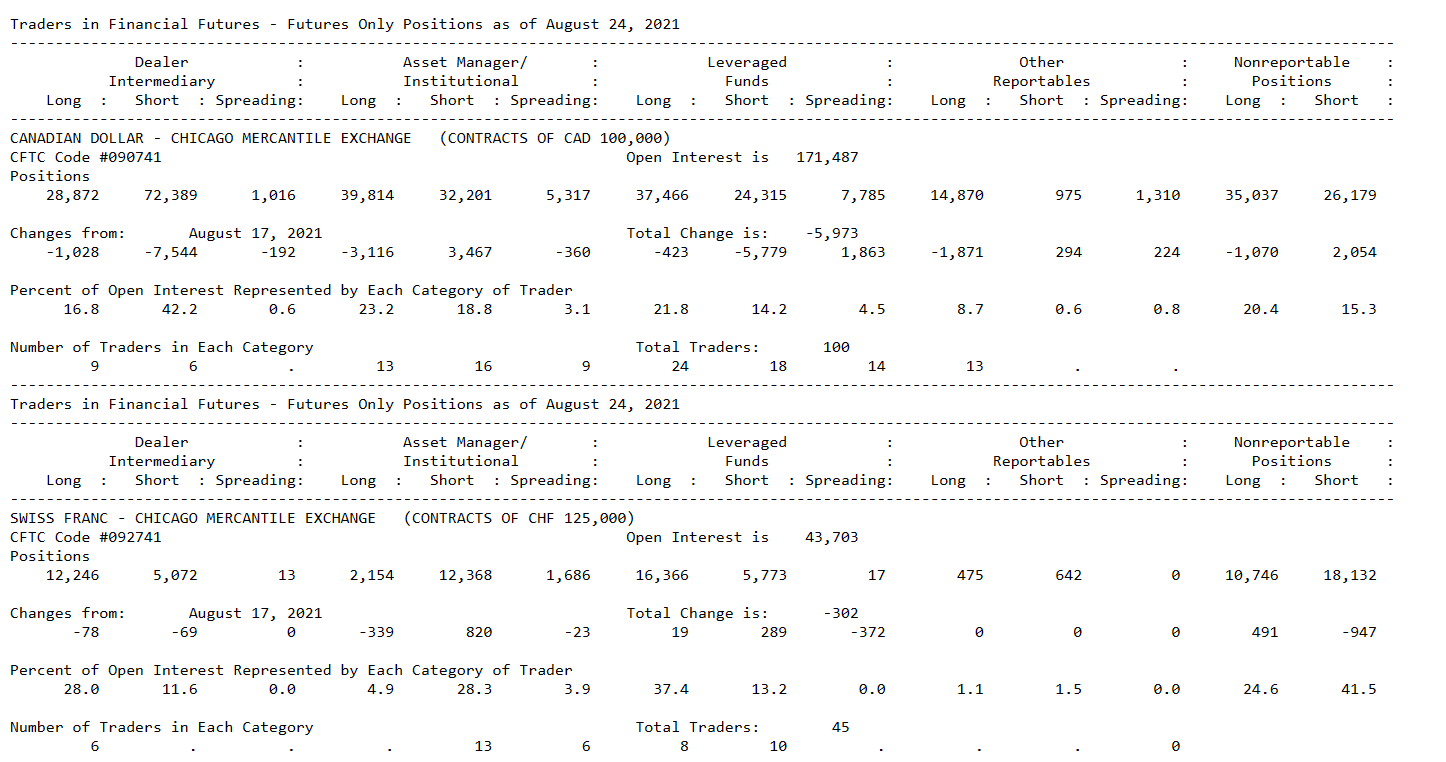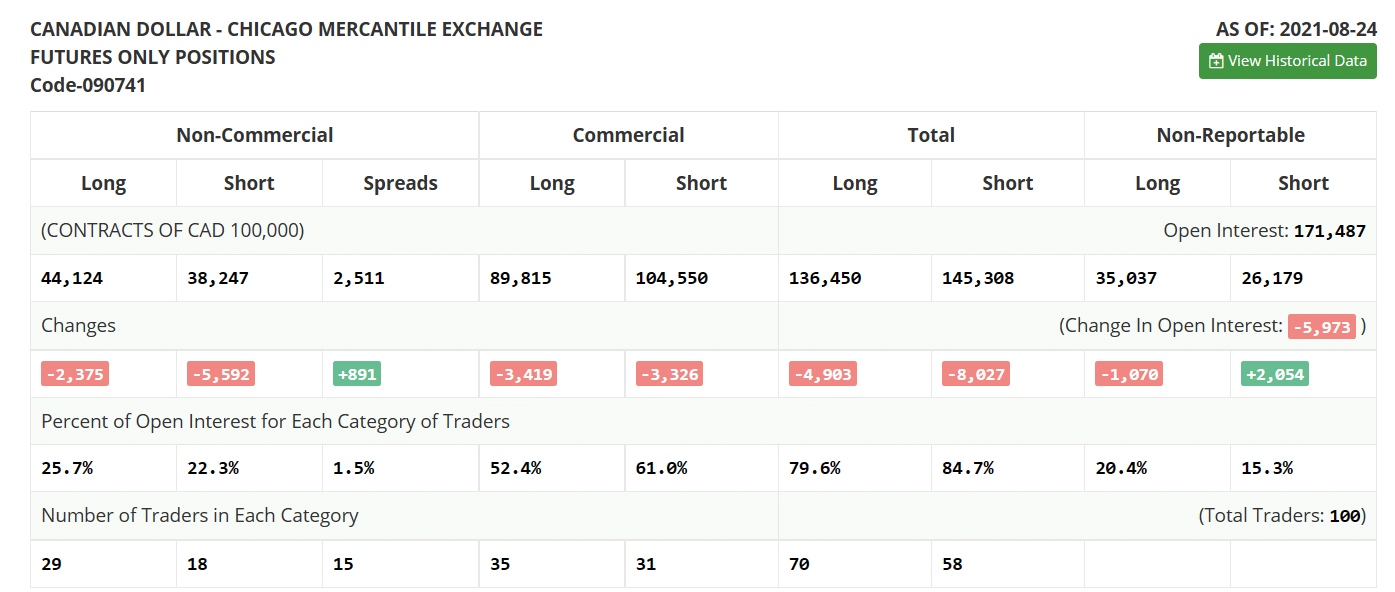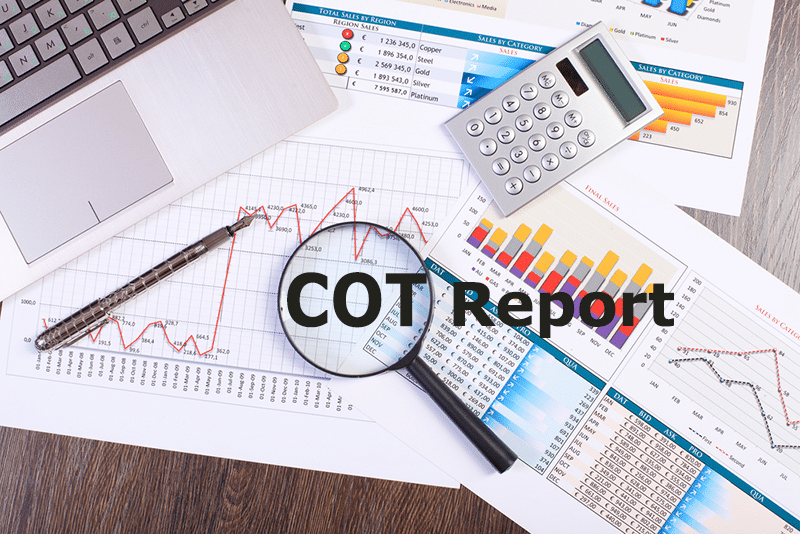The Commitment of Traders (COT) is a useful tool that is released every week by the Commodities and Futures Trading Commission (CFTC). The report provides useful data about the positioning of key stakeholders in the financial market.
As a result, a closer examination of the trends can help you determine whether the smart money is buying or selling an asset. In this article, we will look at how the COT report works, how to find the data, and how you can use it well in the forex market.
What is the COT report?
To start with, let us look at what the CFTC is. The CFTC is an agency that regulates the futures, commodities, and derivatives market. The agency regulates all companies in the industry, including firms like the Chicago Mercantile Exchange (CME) and the Chicago Board of Options Trading (CBOT). By sectors, the agency regulates trading organizations, data repositories, intermediaries, and other firms.
As a result, the agency has a vast amount of data at its disposal since these companies are required to provide it to them. Therefore, the agency typically publishes key reports to provide investors, traders, and key policymakers with the information they need to make better decisions. Some of the key reports it publishes are weekly swap reports, bank participation reports, cotton-on-call, and cleared margin reports, among others.
Of all these reports, the Commitment of Traders (COT) is one of the most followed by commodities and forex traders. The report is usually classified into agricultural, electricity, petroleum, natural gas, and other products.
The COT report contains data on how key players in the trading industry have positioned themselves. The idea behind this report is relatively simple. For example, if hedge funds are growing bullish about a currency like the US dollar, it makes sense to buy it. Besides, these funds have hundreds of traders and analysts who have more experience than most people.
Types of COT reports
There are different methods of looking at the types of COT reports. For example, you could consider a long format and a short format as the two main types of COT reports. As the name suggests, a long format has more data than a short format. Still, the data contained in the short-format report is usually enough for most traders.
Another way of looking at a COT report is the nature of the reports. First, there is the so-called legacy report that is usually broken down by an exchange. The most popular exchanges, in this case, are the CME, Chicago Board of Trade, ICE Futures US, and the Dubai Mercantile Exchange, among others. The CFTC tracks 17 exchanges. While this data is usually good, it is not comprehensive enough.
Second, there is the supplemental report, which is usually the most popular type of COT report. This report is made up of 13 commodities. It is a notable one since it breaks down the positioning based on three key segments.
- Non-commercial – These are the most important numbers because they show the positions of big hedge funds and speculators.
- Commercial – These numbers identify large companies that are hedging their exposure to key price fluctuations. Some of the biggest commercial players are airlines, which want to hedge their risks against higher oil prices.
- Index traders – These are the relatively smaller traders who are not part of the two sections.
Third, the disaggregated COT reports are made up of agricultural, petroleum, metals, and other commodity contracts. The reports have two sections, with one having futures only and the rest having both futures and options.
Finally, there are the Traders in Financial Futures report that is made up of other key assets like currencies, the Bloomberg Commodity Index, and the VIX. This is the most useful COT report for forex traders.
What to look for in the CoT report
The CoT report is usually compiled every Tuesday and then published every Friday, provided that there is no holiday. Therefore, the first thing you need to know is how to find the CoT data.
The most comprehensive CoT report is found on CFTC’s website.
The chart below shows the COT report for the Canadian dollar and the Swiss franc at the time of writing this article.
Canadian dollar and CHF COT Report

In the sheet above, we can see the three groups looked at are the dealer intermediary, asset manager/institutional, leveraged funds, other reportable and non-reportable positions. In this case, we can see that the dealer intermediary long positions are 28,872 while the short positions are 72,389. The spread is 1,016.
Below that, we see the change from the previous week and the percent of open interest represented in the two categories. Therefore, you can use this data to see the trend.
The main challenge is that the official data is usually relatively difficult to use for most traders. Therefore, many free websites like Investing.com. Barchart and Tradingster simplify this report. For example, the chart below shows the COT report for the Canadian dollar in the same week we mentioned above.
Canadian dollar COT report

After studying these reports, you can now move on to use other analysis methods to enter your trades. In this, you should use approaches like technical analysis and price action.
Summary
The COT report is a relatively popular tool used by traders of all sizes when it comes to understanding the market’s sentiment. However, we recommend that you combine several COT reports to identify a trend. For example, when you see non-commercial traders increase their short positions on a currency regularly, it could be a sign to short-sell. However, a COT report is usually a lagging tool since it uses data that is collected on Tuesday. Therefore, you should always use other analysis methods.
